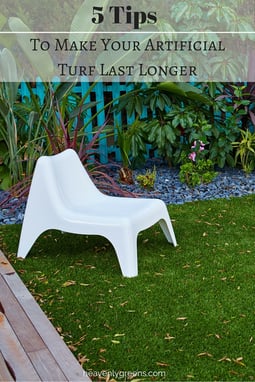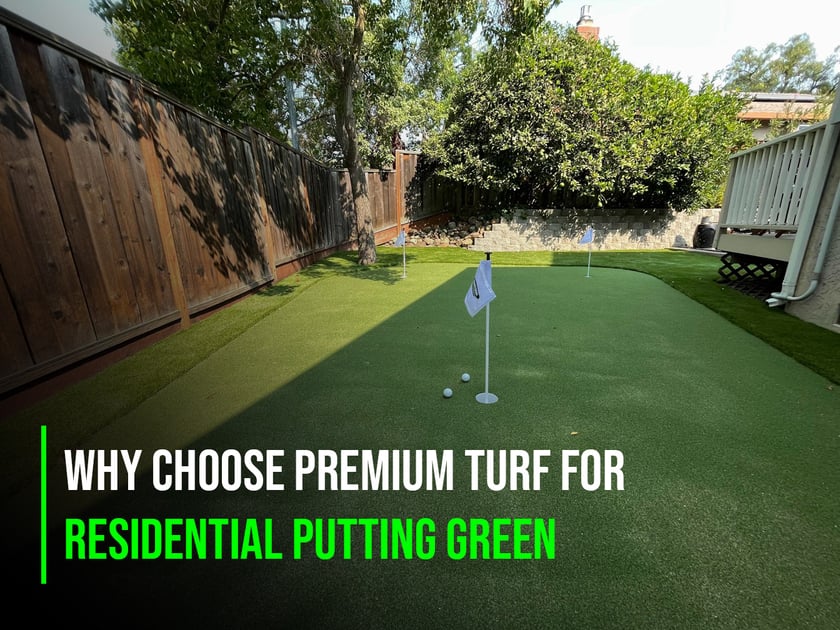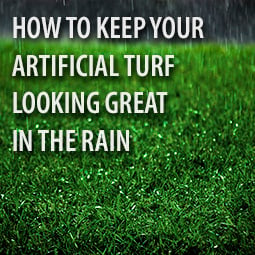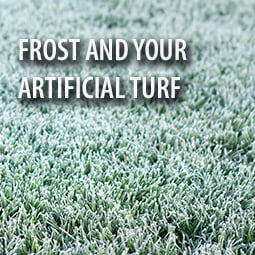 Artificial turf is known for its convenience. It saves homeowners both time and money because of it needs virtually no maintenance. While it requires little to no work to look its best, there are still small tasks that should be performed on a regular basis to prevent damage and deterioration.
Artificial turf is known for its convenience. It saves homeowners both time and money because of it needs virtually no maintenance. While it requires little to no work to look its best, there are still small tasks that should be performed on a regular basis to prevent damage and deterioration.
Remove Debris
Twigs, leaves and other types of debris can damage the mesh fibers that create the base of the artificial turf. To prevent snags or tears, it is important to remove debris as soon as it appears. This prevents it from being walked on and broken down. Allowing the debris to be forced down into the fibers can lead to small holes or tears that can eventually damage the entire fabric that supports the turf. Using a leaf blower or lawn vacuum will also get rid of dead bugs and plant seeds that can end up on your lawn either from heavy winds or becoming attached to your clothing or shoes.
Control Weeds
Even though weeds will have a difficult time growing through the artificial turf itself, they can still take hold along the edges. Allowing them to grow can disrupt the turf and actually push it away from boundaries like pavers, cement walkways and fencing. Carefully pull weeds as they begin to appear or apply a small dose of weed killer around the edges of the turf to prevent seeds from taking hold and growing. Always put dead weeds into the yard waste or compost bin to prevent them from being spread out or blown across the lawn.
Eliminate Stains
Most brands of artificial turf are considered to be stain resistant. That can change, however, if materials are allowed to remain on the turf for long periods of time. It is important to clear away stain producing materials as quickly as possible to prevent them from discoloring or allowing a stain to “set in”. Once a stain or discoloration appears it can be quite difficult to remove. Animal waste and various types of hazardous chemicals can cause discolorations and create stains even in the most resilient of turf materials.
Control Pet Order
Pet waste can cause quite an odor problem when it comes to artificial turf. Always remember to remove solid waste whenever it is deposited. This reduces the chance of discoloration and also helps to control odor. Urine can be diluted or hosed away altogether by gentling spraying the lawn in areas where animals are known to go to the restroom. While you may not have to rinse the lawn on a daily basis, rinsing the turf two or three times enough be all you need to control pet odors.
Fluff the Fibers
The blades of grass in artificial turf can begin to mat down over time. High volumes of foot traffic can wear patterns in the artificial turf as the blades of grass begin to break down. Fluffing the fibers and blades with a soft rake will keep them from wearing down and prevent paths from being worn into the grass. It also helps to loosen debris that may have worked its way down towards the surface fabric. Avoid using rakes with stiff tines as they can snag and tear the mesh fabric that holds the blades in place. A broom can also be used to raise the fibers if they have not been damaged or creased.
While artificial turf is considered by many to be maintenance free, taking small measure to reduce general wear and tear can actually save the turf from breaking down and extend its life by several years. A little time taking care of the small things can save you extra money in the long run.












